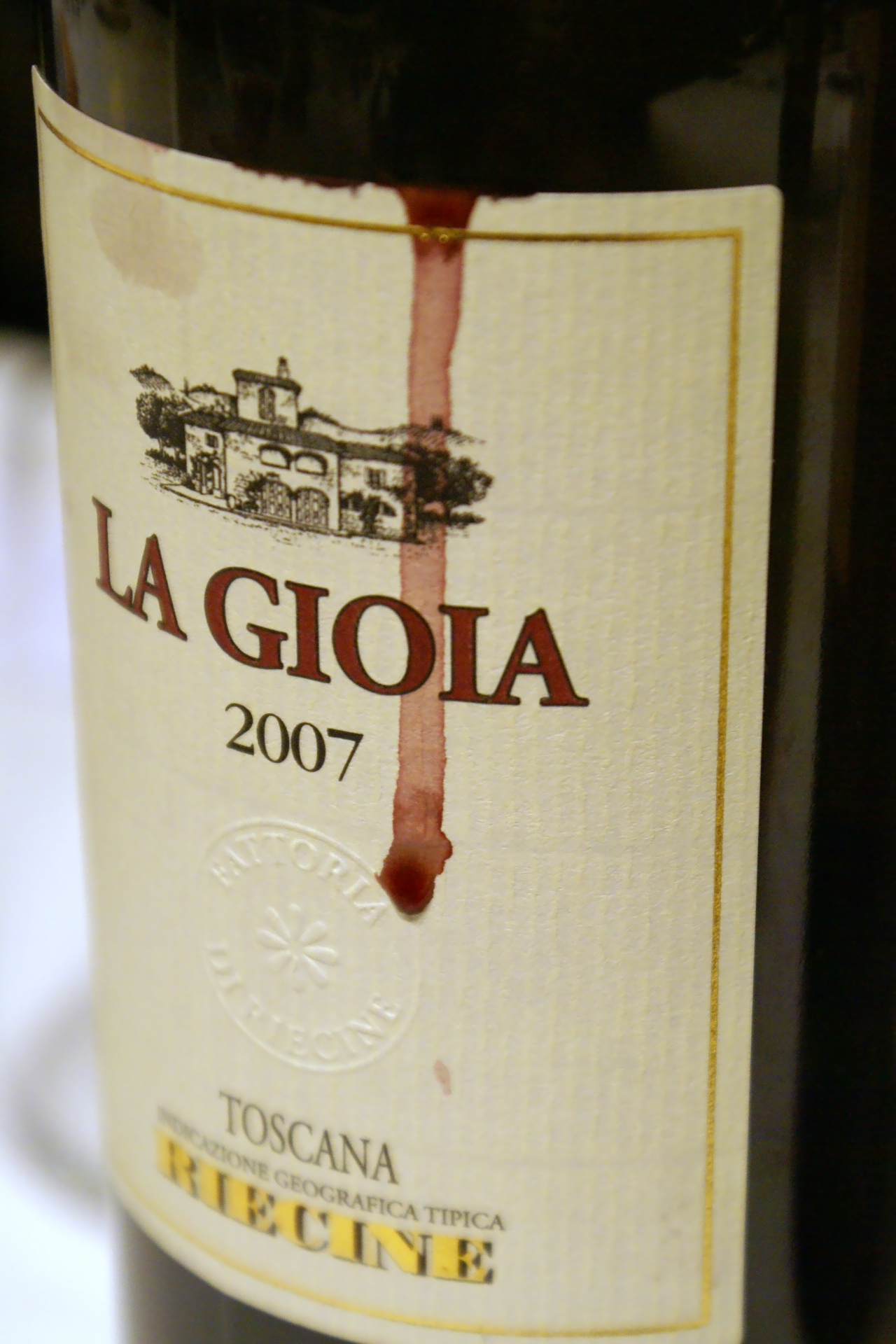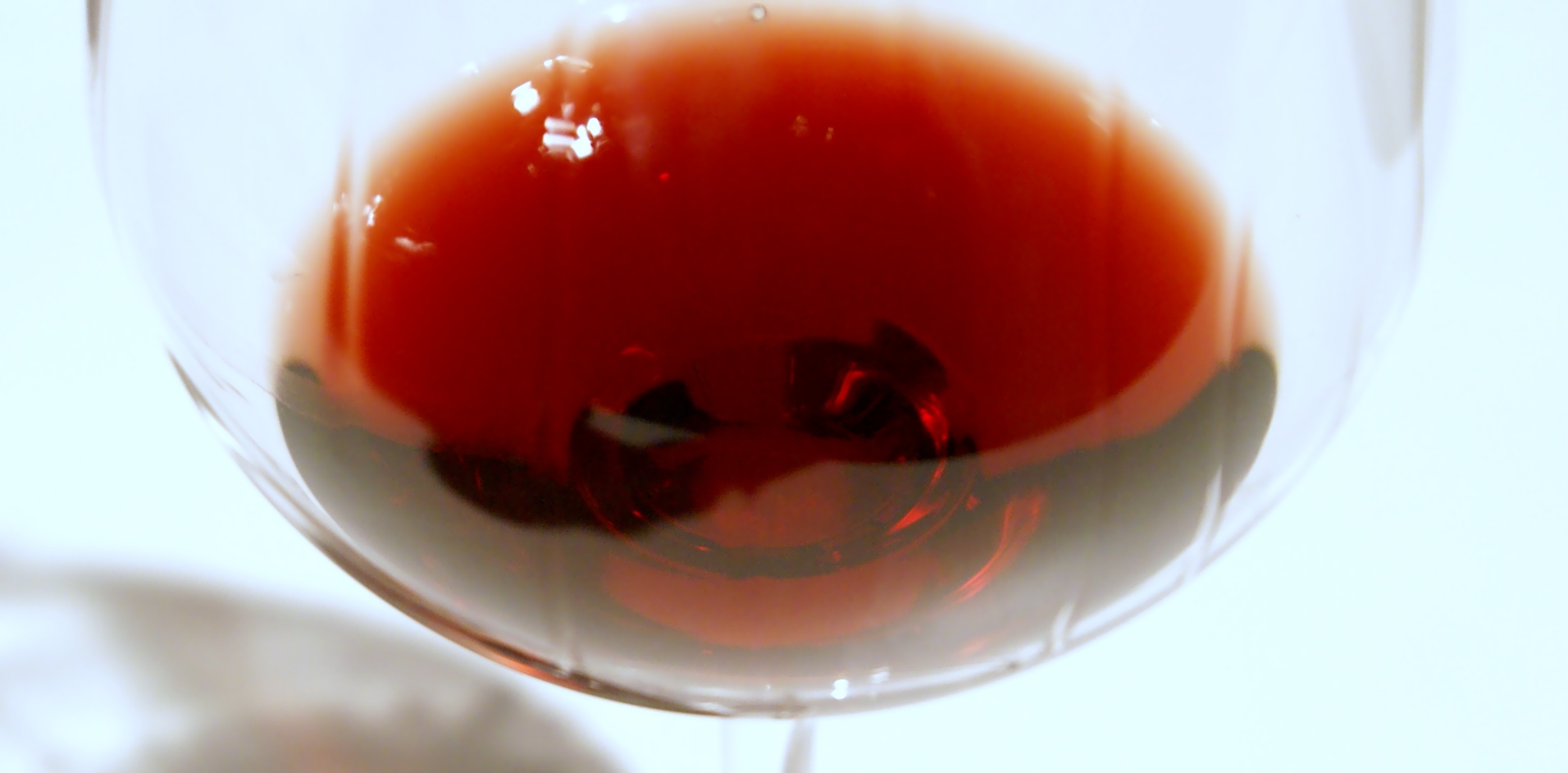A statistical Chianti
Posted on 22 February 2012
I tasted 97 Chiantis from the 2009 vintage yesterday, all blind and in roughly the same controlled conditions, so I thought I’d try to distil some statistics from this tasting, to see what they tell us about the current condition of Chianti Classico:
Statistically across 97 samples Sangiovese represented 92.27% of the blend, followed by Canaiolo at 2.68%, Merlot at 2.30%, Colorino 0.99%, Cabernet Sauvignon 0.91% and minor bits of Malvasia Nera, Syrah and others. The dominance of Sangiovese is undisputed and I reckon there is less Merlot than ever before. Canaiolo is also less important than ever before in the history of Chianti.
12 out of 97 wines were barrel samples. Most of the 2009 Chiantis are ready to drink now. But I also found 5 oxidised wines and 3 more that I thought were overevolved. So nearly 10% of the samples were already declining.
I’ve only once used the word “tight” in my notes. And although I usually note it when a wine shows considerale potential for improvement, I never did during this tasting… 2009 will likely not be a long-lived vintage, given its relatively low acidity and soft fruit.
In fact I’ve deemed “softness” to be the dominant characteristic in 10 wines and 21 more described as “rich”, “sweet” or even “oily”. It can be a problem when they become “flat” or downright “flabby” (9 wines). Clearly what is lacking in many 2009s is “grip” (only 2 wines get this descriptor).
However there is still a sufficient amount of wines described as “fresh” or even “poised” (23 in total). Producers clearly have interpreted this hot, dry vintage with flair, as only 1 wine was described as overalcoholic (and I noted here that contrarily to 2007, another hot vintage, alcohol levels actually are often below 14%). The style of the vintage is warm and fleshy with 9 wines noted as showing an aroma of “roasted”, “cooked” or “stewed” fruits or compared to Sicily and Apulia. But another 15 wines deserved descriptors such as “elegance” and “finesse” and especially for higher-located vineyards, overripeness was not a major problem – surely less so than in 2003, 2007 and 2011, it looks.
The stylistic move toward more elegant, drinkable Chiantis is visible not only in the phasing out of Merlot & co. but also in the considerably lighter colours. While five years ago the majority of Chiantis would have shown a deep purple hue, I now described no fewer than 39 as displaying a “light”, “transparent” and “nuanced” ruby colour typical of Sangiovese, exclaiming on 5 occasions that the colour was “stunningly light”, “basically a deep rosé” while only 1 sample out of 97 was “black in the glass”.
I’ve rated 27 wines as very good or better, marking 14 as being truly excellent and worthy of more detailed recommendation in one of my future posts. In contrast only 5 wines are definitely not recommended. By my standards this is rather a high proportion of good scores (remember this was a tasting only of Chianti Classico normale, wines that almost universally retail below 20€ and often around 15€), and in essence the vintage showed better than I expected: there are many delicious wines for early drinking.
(This post is not based on advanced statistic analysis but on a quick look at my tasting notes using text filters – to be taken with a grain of salt).
Disclosure
My trip to Tuscany including flights, accommodation and wine tasting programme is sponsored by the consorzios of Vernaccia di San Gimignano, Chianti Classico, Vino Nobile di Montepulciano and Brunello di Montalcino.



